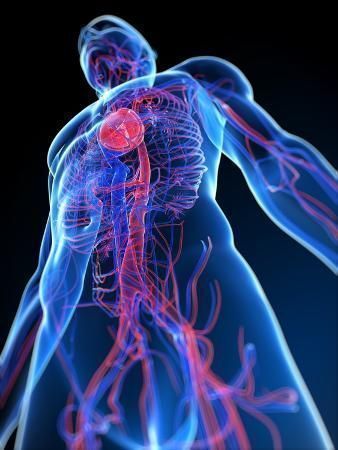Prevention allied to heart health, Sept. 29 World Heart Day
September 29 marks the World Heart Day, worldwide campaign promoted by the World Heart Federation with the aim of raising awareness and informing about the prevention of cardio-cerebrovascular diseases and promoting healthy habits and a correct and active lifestyle.
In fact, doing prevention today means not only controlling one’s health status, but also increasing awareness of risk factors and implementing virtuous behaviors on a regular basis to maintain good mental and physical health for as long as possible.
St. Charles de Nancy Hospital, Tiberia Hospital and Santa Rita da Cascia Hospital of Rome have joined the “Use Your Heart” campaign: Thursday, Sept. 29 facilities have made available Free cardiology examinations with echocardiogram and final report. All available places sold out in a short time.
“Correct prevention of cardiovascular disease must consider monitoring some basic values, such as cholesterol, blood pressure, and body weight, but also increase protective factors, such as adopting healthy and correct lifestyles in terms of diet and regular and adequate physical activity, related to gender, age and health conditions – explains the prof. Giuseppe Speziale, Cardiac Surgery Coordinator at GVM Care & Research -. Prevention allows for early diagnosis and, when necessary, the ability to intervene in the operating room with the latest methods and minimally invasive approaches, benefiting the patient. This is why initiatives such as World Heart Day represent an important tool, not only to bring to the attention of the population the importance of prevention, but also to make initial screening more accessible.”.
Adopting proper lifestyles, engaging in regular physical activity consistently, not smoking and reducing alcohol consumption thus constitute the basic elements for a primary prevention capable of preventing or slowing the onset of cardiovascular disease. The following is mentioned secondary prevention instead when regular cardiology checkups are performed, to check cholesterol levels, weight and body mass index (BMI).
Prevention and cardiovascular health in Lazio
Nowadays, “doing prevention” is also a priority issue for institutions. In the 2030 Agenda for Sustainable Development, drafted and signed by the governments of the 193 countries of the United Nations, the Health and Well-being goal is aimed at “ensuring health and well-being for all and all ages”. In Italy, the Ministry of Health makes use of the National Prevention Plan: a document that outlines the objectives of health promotion and disease prevention, preparing many of the activities relevant to Public Health at all levels.
Also At the regional level, each administration is required to prepare its own local plan (Regional Prevention Plan – PRP), declining contents, objectives and indicators of the National Plan within regional and local contexts.
As for the Latium, the rate of hospital discharges for ischemic heart disease, separately and together with other acute and subacute forms of cardiac ischemia, and Acute Myocardial Infarction has been decreasing since 2014 (source: Osservasalute Report 2021) in both female and male populations. The rate of hospital discharges for diagnosis codes of heart failure and atrial fibrillation also shows a decrease with values that place the Lazio among the most “virtuous” Italian regions. It can be assumed that this trend is the result of regional screening campaigns and a more population-centered approach to prevention that allows for the detection of at-risk situations before the exacerbation of symptoms and cardiovascular disease.
Three are the pillars and goals to be pursued by the World Heart Federation: expand access to care (consider that more than 75 percent of deaths due to cardiovascular disease occur in low- to middle-income countries); protect the planet ( pollution is responsible for 25 percent of all deaths from cardiovascular disease); investing in quality of life (Stress can increase the risk of heart problems; exercise, sleep quality and engaging in enjoyable activities can help decrease stress levels.).

